Results for Category: Herb Talk
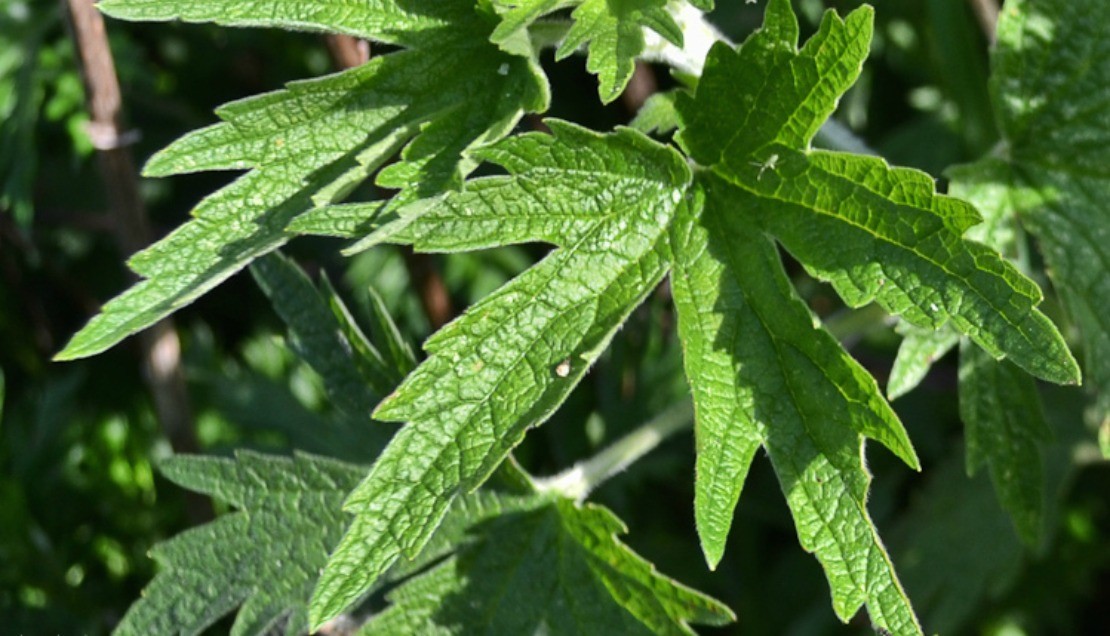
Motherwort: The Plant World’s Mama Bear
Motherwort is the plant world’s mama bear. Or mama lion, from its Latin name Leonurus cardiaca, which translates to the Lion-Hearted One (Bennett, 2014). Motherwort Plant Profile This mint-family member has the ubiquitous square-stems that run in the family. Motherwort’s miniature blooms are delicately painted soft pink, and resemble the healthy womb and reproductive system…
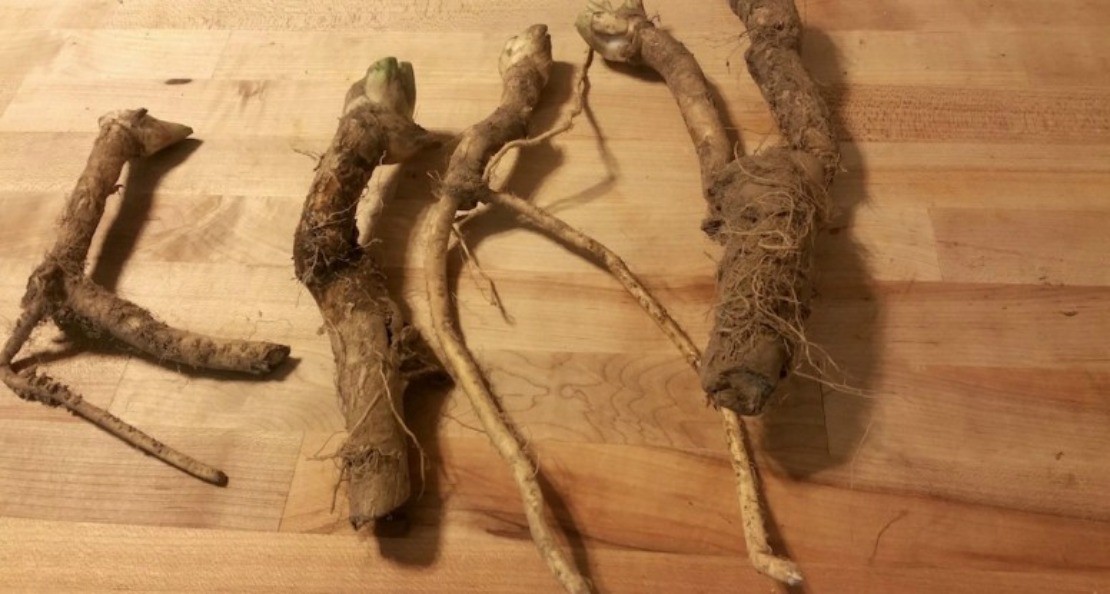
The Horseradish Plant: Harvesting, Processing & Uses
Fall is fast approaching, and with it comes the harvesting of roots. And the horseradish plant is high on our list! For those of y...
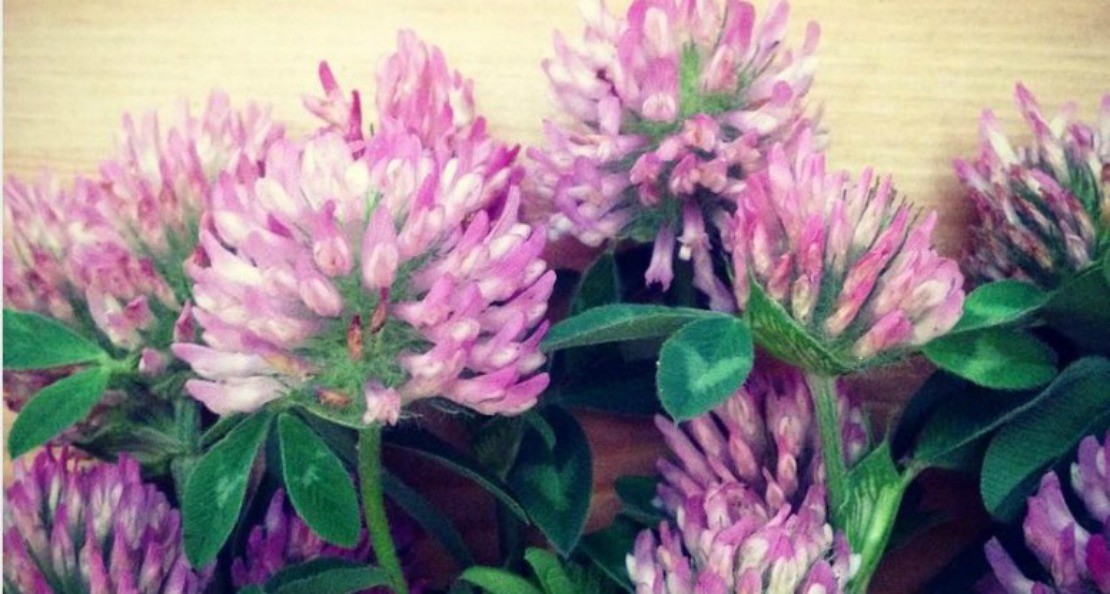
Red Clover Blossoms
How many times have you walked passed these red clover blossoms without even a second thought? I remember picking them as a little...
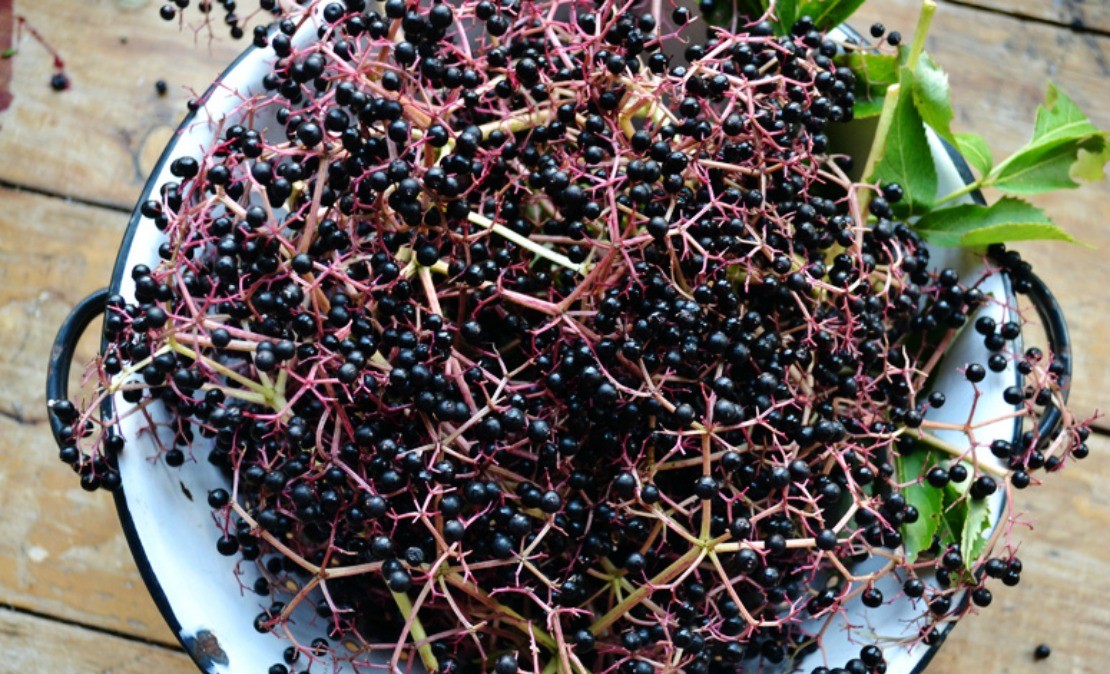
The Benefits of Elderberries Sambucus nigra and Sambucus canadensis
Across the country, the elderberries are turning dark purple or black and herbies everywhere are harvesting them, drying them, and formulating their favorite elderberry preparations for the seasons ahead. In my blog in June, we talked about the plant, the flowers, and some of the wonderful lore and magic that surround the elder. The flowers…
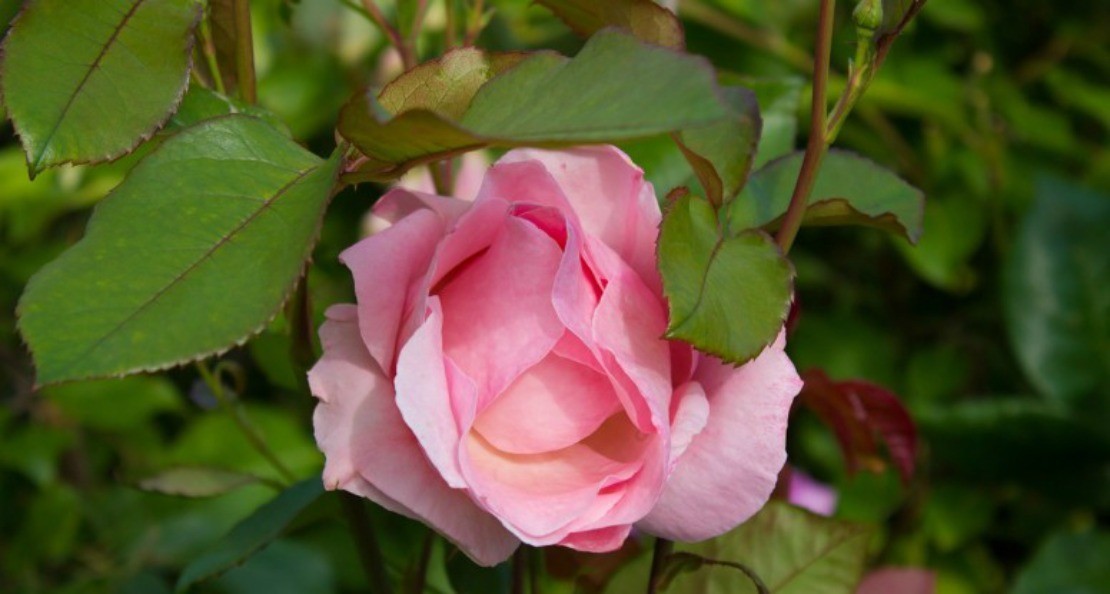
Cooling Down with Summer Rose
In Traditional Chinese Medicine, summer is the season of yang and is associated with the fire element, the Heart, and Small intestine. Energy peaks and it is the time of growth, light, and abundance. Summer is the season of joy and for most of us, it is a more relaxed and fun time of year….
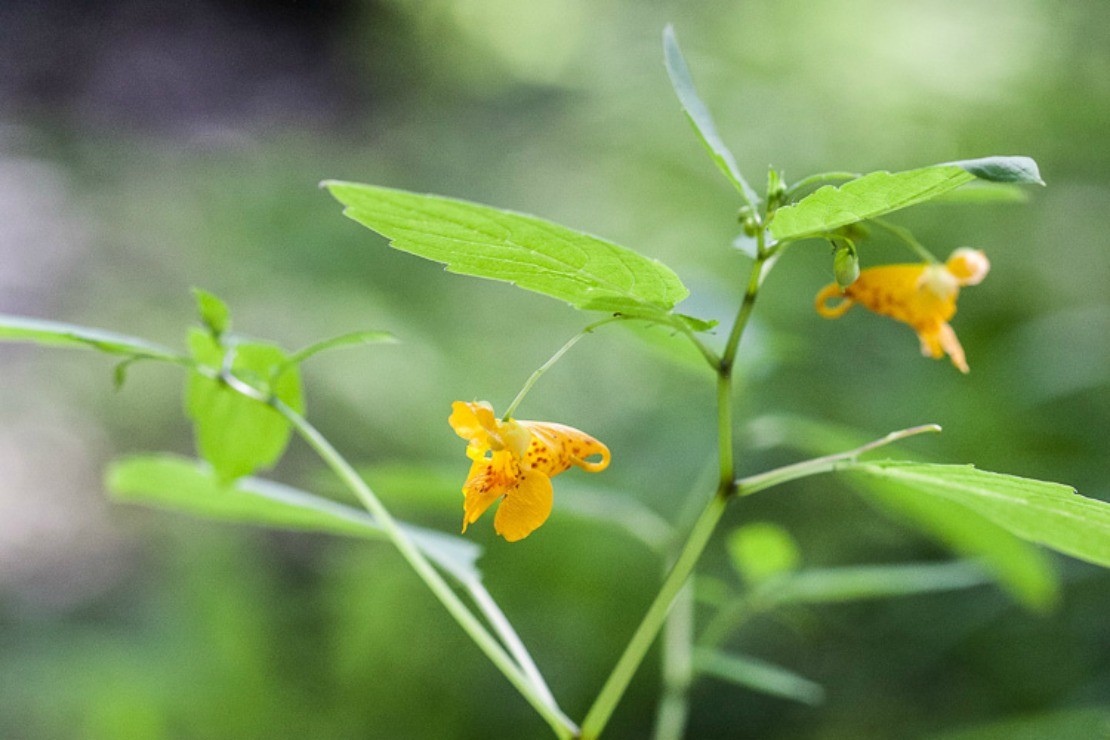
Jewelweed, A Story
Post written by John Bailey, student in the Intermediate Herbal Course. Who ever knew that herbs and other things that help us on ...
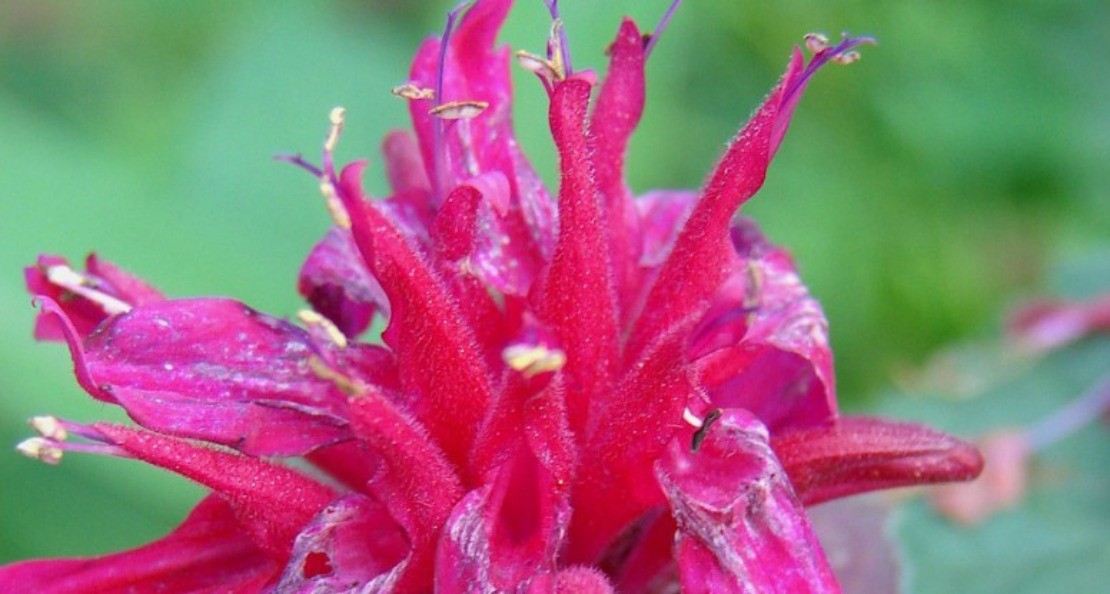
Recipes Using Bee Balm
As we discussed in our last article, many names have been given to the plant monarda: bee balm, bergamot, or Oswego tea (more on ...
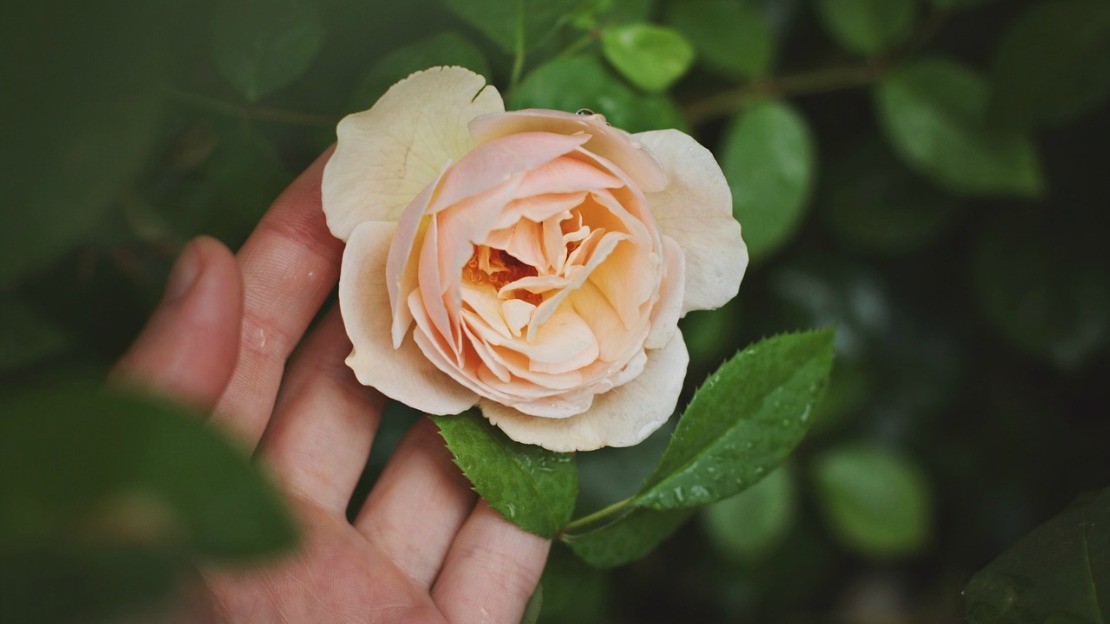
A Family Herb: The Comforts Of Rose
The lovely rose has more than a beautiful face. Highly prized throughout history as an herbal remedy, roses (Rosa spp.) have long been used to help soothe and heal humanity’s woes. Gentle rose is a calming nervine and a helpful respiratory and immune ally as well as a useful topical remedy. Bring the comforts of…
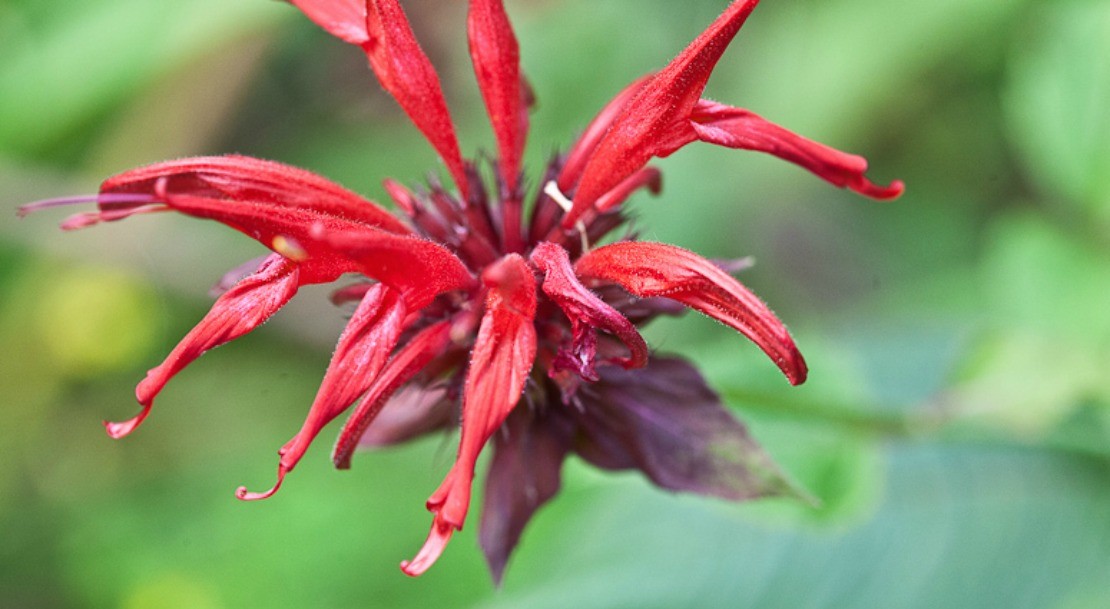
Benefits of Bee Balm: Monarda fistulosa and M. didyma
Bee balm is the common name of both Monarda didyma, which has red flowers, or Monarda fistulosa, which can have lavender, pink, or white flowers. M. didyma and M. fistulosa are two of the most popular species among the seventeen species and over fifty cultivars of the plant. One or more of them are found…
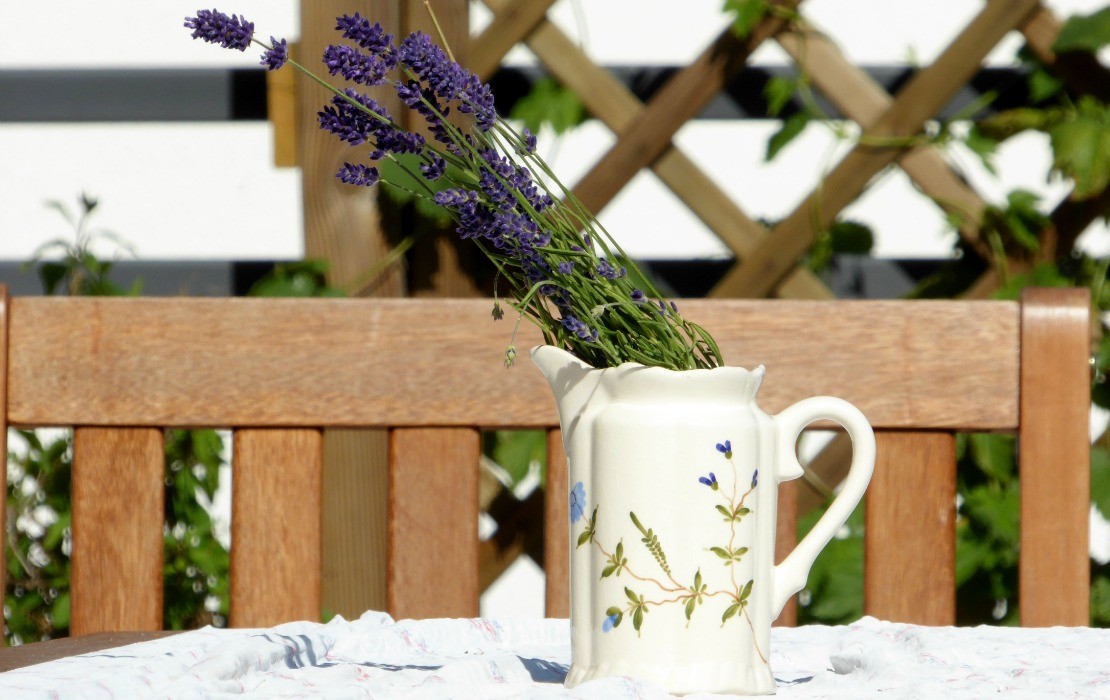
The Benefits Of Lavender In The Family Home
At our house, lavender is a constant friend, helping to keep our home and its occupants safe, clean, and comfortable. Rich with an...


